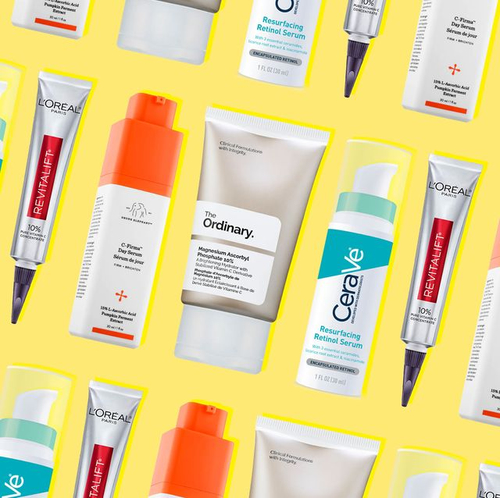When you think of treatments for acne, what are the first ideas that come to your mind? Many people turn to over-the-counter drugs and lotions to treat their acne. While these products can give some initial relief, they do not treat the underlying causes of acne and it can take months or even years for acne to clear up. For many people, this is simply not an effective way to deal with the problem.
There are many alternative treatments available today. Some of the most common acne treatments in Australia include oral preparations, which are usually applied directly to the affected skin (typically applied with a suppository or pads) or taken orally with a glass of water. In some cases, a combination of a few different acne treatments (for example, isotretinoin and light therapy or photodynamic therapy) is recommended in order to get the best possible results. Topical preparations that are applied to the surface of the skin are also used to treat acne. They are often used for moderate to severe cases of acne cysts, blackheads and whiteheads.
The main types of photodynamic therapy treatments include pulsed-light treatment (PRT), fractionated light treatment (FFT), targeted light treatment (TET), and fractional photothermolysis (FPL). PRT is used most commonly to treat acne cysts and nodules. When using this type of laser treatment, the laser pulse shapes the top layer of skin to remove the blocked pores. FDT is designed to reduce oil production, blackhead formation and promote new skin growth. TET is an effective treatment for inflammatory skin disorders such as papules, pustules and nodules.
Some patients prefer fractionated light therapy or photodynamic therapy due to its ability to be tailored to the needs of each patient. For example, some people require a short burst of light treatment for their acne; others may need a more targeted method of light treatment for smaller pores. Patients who cannot tolerate standard light treatments may also find that fractionated light treatments offer the most effective results. Both treatments work by removing dead skin cells, dirt and debris from the skin's surface. By removing these items, patients are able to prevent the clogging of pores and blemishes.
If you have scars from acne cysts, you should avoid any acne treatments that may worsen acne or cyst scarring. For example, scarring from acne can worsen if the treated acne includes erythema, increased redness and inflammation. As well, prolonged exposure to sunlight can cause permanent erythema and increased redness. This is why it is important to carefully select any acne-prone skin care products you use. (The safest way to combat acne and keep your skin healthy is to consult with a dermatologist and follow his/her recommendation about using skin care products that contain acne fighting ingredients that are approved by the FDA and that have been proven effective in treating acne.
In the case of severe acne cysts, patients may consider surgery or excision. Unfortunately, the removal of glands can result in severe scarring, especially if the cyst is located on the face, neck or other sensitive areas. Scarring caused by surgery can often lead to depression and anxiety in patients. Therefore, before undergoing surgery, patients should discuss possible treatments with a dermatologist. The use of topical creams is often helpful for patients undergoing facial surgery. Dermatologists also often recommend treatments for patients with cystic acne that can prove to be expensive or complicated.
Natural/artificial remedies are another alternative for many acne sufferers. These therapies include the use of acne masks such as lozenges, moisturizers and creams. They generally don't provide as much relief for the symptoms experienced as over-the-counter therapy, but they are less irritating for most patients. Some natural/artificial therapies also include the use of homeopathic remedies.
Acne, especially severe ones, can have negative psychological effects on teens and adults alike. Therefore, it is imperative that these cases are handled with the utmost sensitivity. If you have been searching for treatments for acne, the American Academy of Dermatology has many different treatments and therapies available. Their website contains a complete list of available treatments along with their benefits and risks. In addition, many dermatologists offer consultations for patients seeking treatments for acne.
